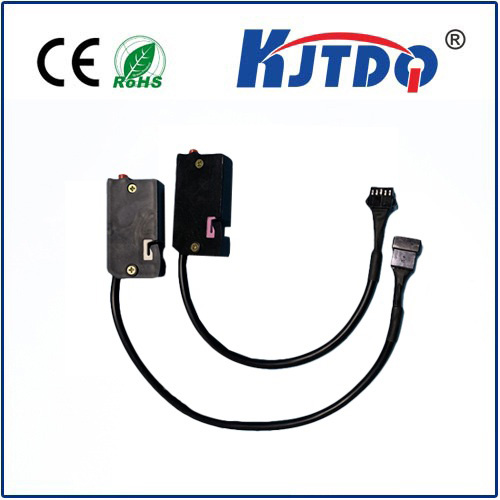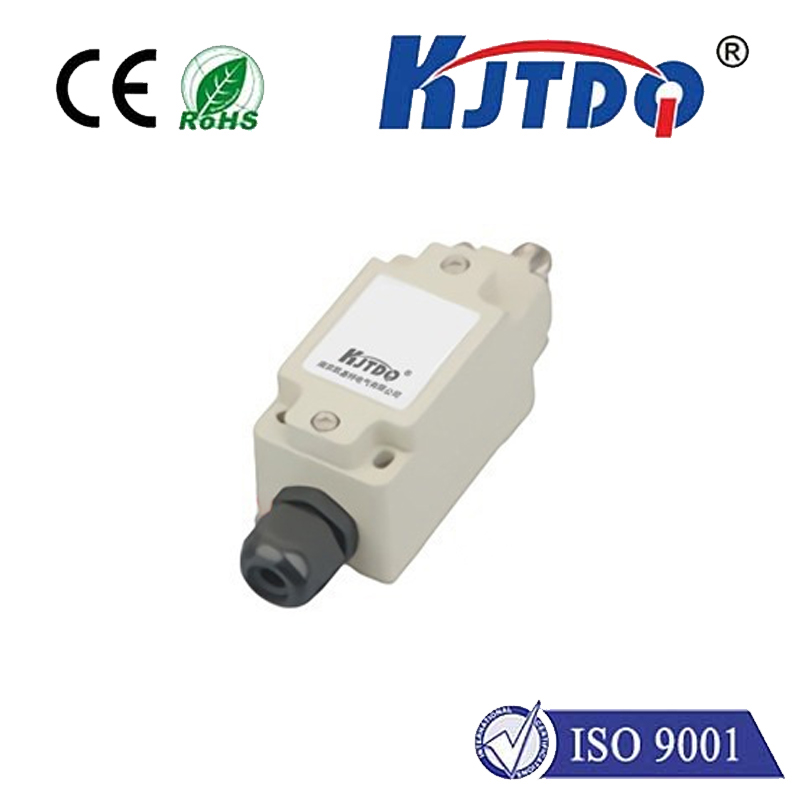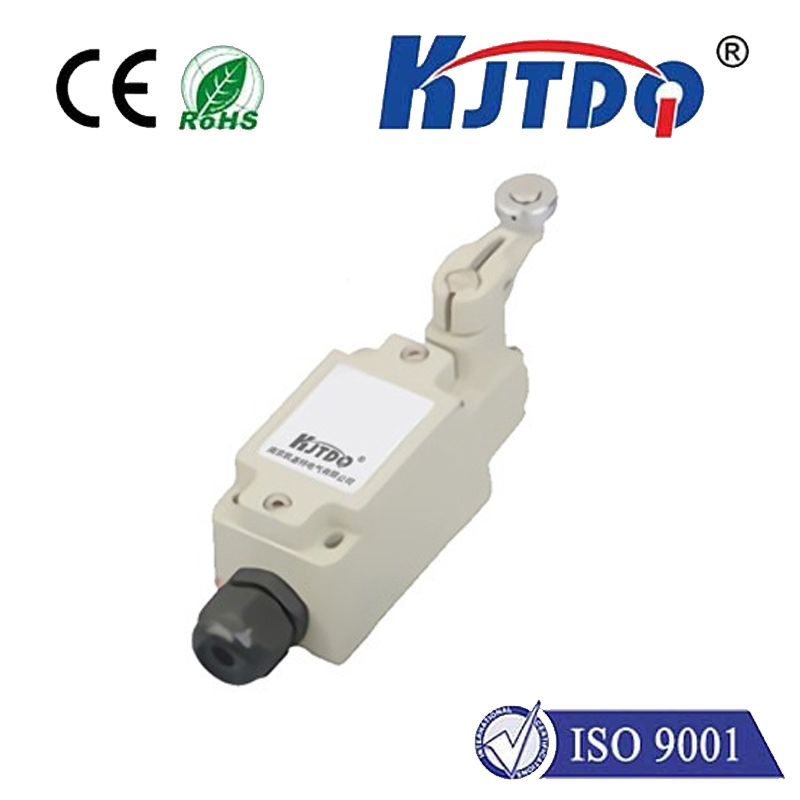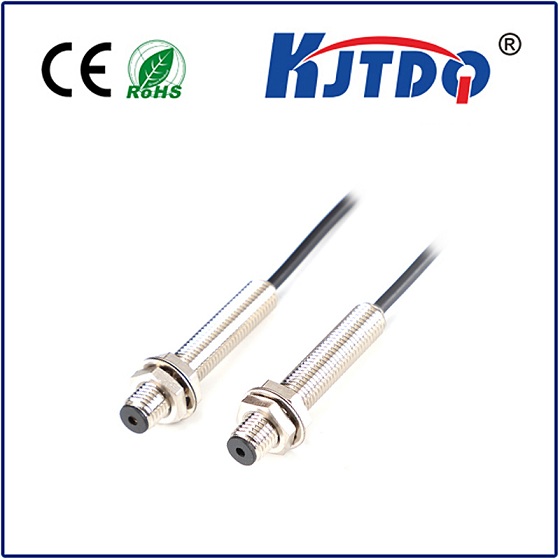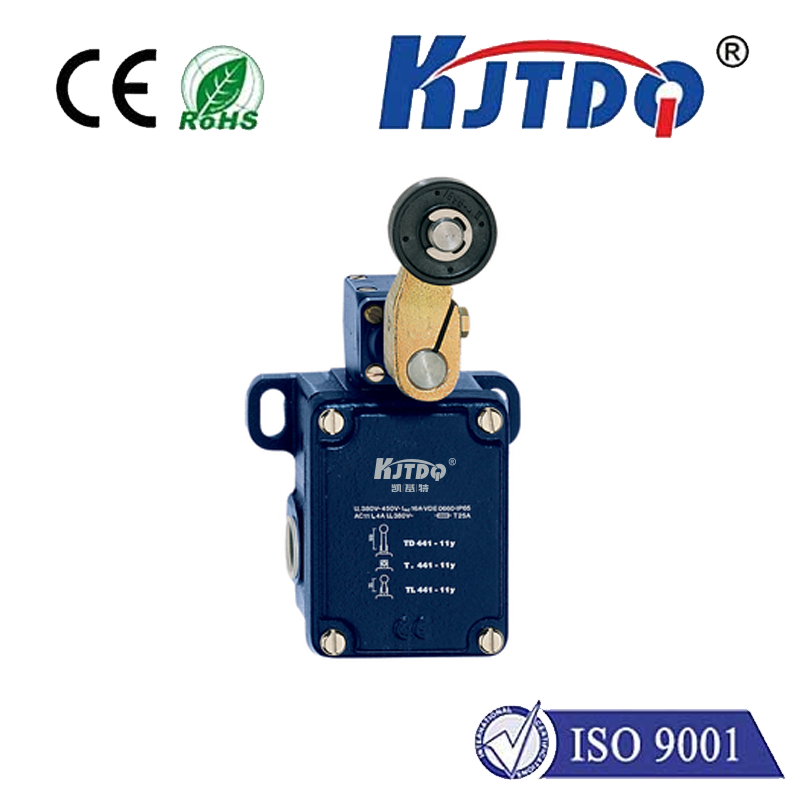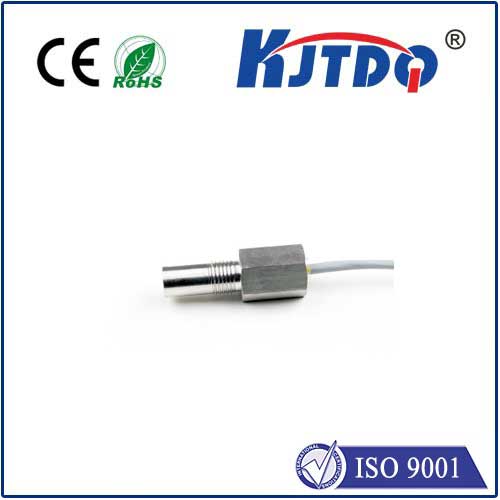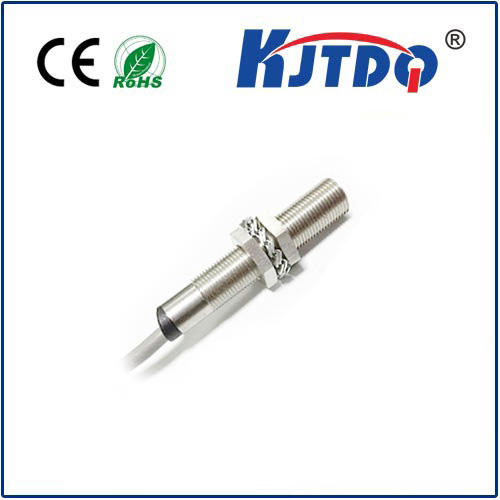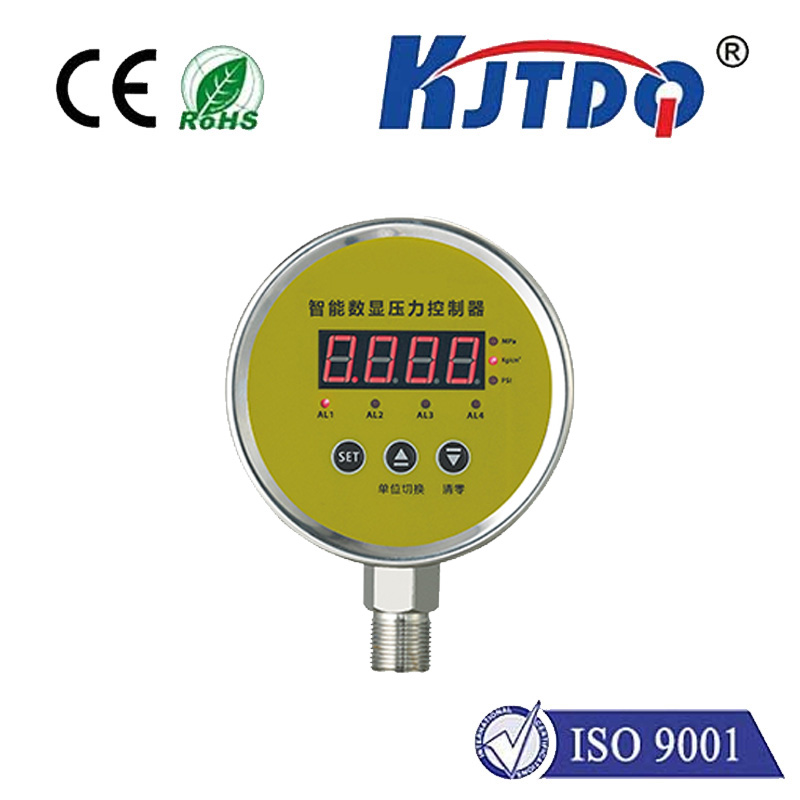
check

check

check

check
Understanding Open Temperature Limit Switches: A Comprehensive Guide
Open temperature limit switches are crucial components in various industrial applications, where temperature control is paramount. These devices play a vital role in ensuring the safety and efficiency of systems by monitoring and managing temperature levels. In this comprehensive guide, we will delve into the workings of open temperature limit switches, their importance, and how they contribute to maintaining optimal performance in different environments.
The Fundamentals of Open Temperature Limit Switches
An open temperature limit switch is an electrical device designed to detect and respond to changes in temperature. It works on the principle of opening or closing an electrical circuit when a preset temperature threshold is reached. This mechanism helps protect equipment from damage due to overheating or freezing conditions, making it an essential tool for temperature management.

Applications of Open Temperature Limit Switches
The use cases for open temperature limit switches span across numerous industries, including HVAC systems, refrigeration, manufacturing processes, and even fire protection. In heating and cooling systems, these switches regulate temperatures to maintain comfort while conserving energy. In manufacturing, they prevent machinery from overheating and potential breakdowns. For fire prevention, they serve as critical alarm triggers that activate sprinkler systems or alert authorities when abnormal temperatures are detected.
Benefits of Using Open Temperature Limit Switches
The benefits of incorporating open temperature limit switches into industrial settings are manifold. These switches provide real-time monitoring, offering immediate responses to temperature fluctuations. Their precision ensures that operations run smoothly within desired parameters, reducing downtime and maintenance costs. Additionally, they enhance safety measures by preventing hazardous situations like fires or equipment failures caused by extreme temperatures.
Choosing the Right Open Temperature Limit Switch
Selecting an appropriate open temperature limit switch requires consideration of several factors such as the operating temperature range, accuracy requirements, and compatibility with existing systems. Different models offer varying features like adjustable setpoints, rapid response times, and durability against corrosive environments. Proper selection based on specific needs guarantees effective temperature control and longevity of the device.
Maintaining Open Temperature Limit Switches
To ensure continuous and reliable operation, regular maintenance of open temperature limit switches is necessary. This includes periodic checks for accuracy, cleaning to remove dirt or debris that might affect performance, and replacing worn-out parts if any. Adhering to manufacturer guidelines for servicing helps extend the lifespan of these devices while keeping them functioning at peak efficiency.
In conclusion, open temperature limit switches stand as indispensable tools in managing temperature-sensitive processes across various sectors. With their ability to promptly react to temperature changes, these devices protect equipment, optimize energy usage, and most importantly, safeguard personnel against thermal hazards. Investing in quality open temperature limit switches and adhering to proper maintenance practices not only boosts operational efficiency but also contributes significantly to workplace safety.
